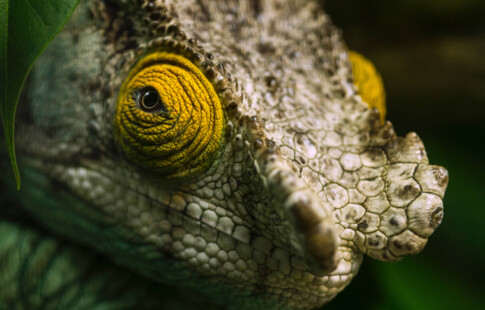
Toxic Scents for Dogs You Should Watch Out For
We are reader-supported. When you buy through links on our site, we may earn affiliate commission.
What’s your favorite scent? Essential oils are a part of most people’s lives, from natural cleaning products to aromatherapy. Still, though you may find a use for them in your home, you have a family member who is not so keen on some of the smells — your dog. Some toxic scents for dogs can result in horrifying outcomes. These oils merely coming into contact with the skin can poison your dogs, anywhere from mildly to life-threatening. Always keep your essential oils out of reach so your curious pup can’t ingest them, and you should try to learn which scents are dangerous so you can keep them out of the house.
1. Pine
Pine is one of the most unavoidable toxic scents for dogs, as it’s so popular during Christmas and commonly found around homes — and not just in essential oil form. It can irritate throats and stomachs, so you must watch out if you put up a tree during the winter holidays. Vomiting and drooling are common symptoms of pine poisoning, so keep an eye on your pup. Try to keep your dogs away from your tree, and make it the only natural pine scent in your home for the holidays to lessen the chance of your dog ingesting oil accidentally.
2. Geranium
The geranium is another plant that is toxic to dogs. Its toxicity is mild, but coming into contact with the plant can either cause vomiting after ingestion or dermatitis if it brushes their skin. At the same time, you want to keep geranium oil away from your dog. In case your dog gets curious and tries to eat it, you don’t want it to be within jumping distance of your pup. Like with any oil, you should talk to your veterinarian if you’re uncertain about a specific scent — even if it’s a floral one.
3. Wintergreen
While wintergreen may give off a pleasant, minty smell, it’s not so good of an idea to use it in an animal-friendly home. Wintergreen oils contain compounds that are also found in aspirin, so when using them around dogs, you need to be cautious. Some veterinarians may recommend scents for aromatherapy, especially for older dogs, but you should listen to their advice closely and never apply this oil topically unless your vet gives the okay and you can supervise your dog’s reaction to it.
4. Garlic
Garlic is on the restricted foods list for dogs, so in addition to avoiding giving them anything with garlic as an ingredient, you want to keep garlic oil out of their curious reach. Ultimately, garlic can damage red blood cells in your dog’s body. Garlic might be good for humans and their cardiovascular health, but humans metabolize foods differently from their pets, so you shouldn’t assume that anything good for you is also good for your dog.
5. Tea Tree
One popular oil that many people may not be keen to give up is tea tree oil. Unfortunately, of all the toxic scents for dogs, tea tree oil is one of the most dangerous, as this oil is often highly concentrated. Tea tree oil is often used in many items to help people relax and also for its antibacterial properties. Still, unless you dilute it with water or carrier oil, it might even negatively affect your skin.
You shouldn’t allow tea tree oil near your pet’s skin if you can help it, and keeping the smell away from their lungs can only help. If you plan to use a product with tea tree oil, make sure you’re in a well-vented place that your dogs can’t access.
Learn the Toxic Scents for Dogs
Before getting a dog, your household should know which essential oils are off-limits. It’s okay to use essential oils in your home, as long as they’re not toxic scents for dogs, like lavender. You may stumble across plenty of misinformation in your search to find something appropriate for your dog to be near. Double-check with your veterinarian before using a certain scent around your dog. Some oils may just surprise you. You’ll still be able to find a scent you enjoy while promoting your pup’s health.
Share on
Like what you read? Join other Environment.co readers!
Get the latest updates on our planet by subscribing to the Environment.co newsletter!
About the author
Rachel Lark
Rachel serves as the Assistant Editor of Environment.co. A true foodie and activist at heart, she loves covering topics ranging from veganism to off grid living.





